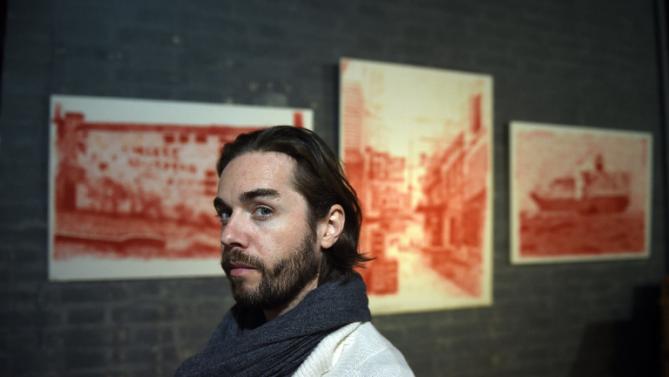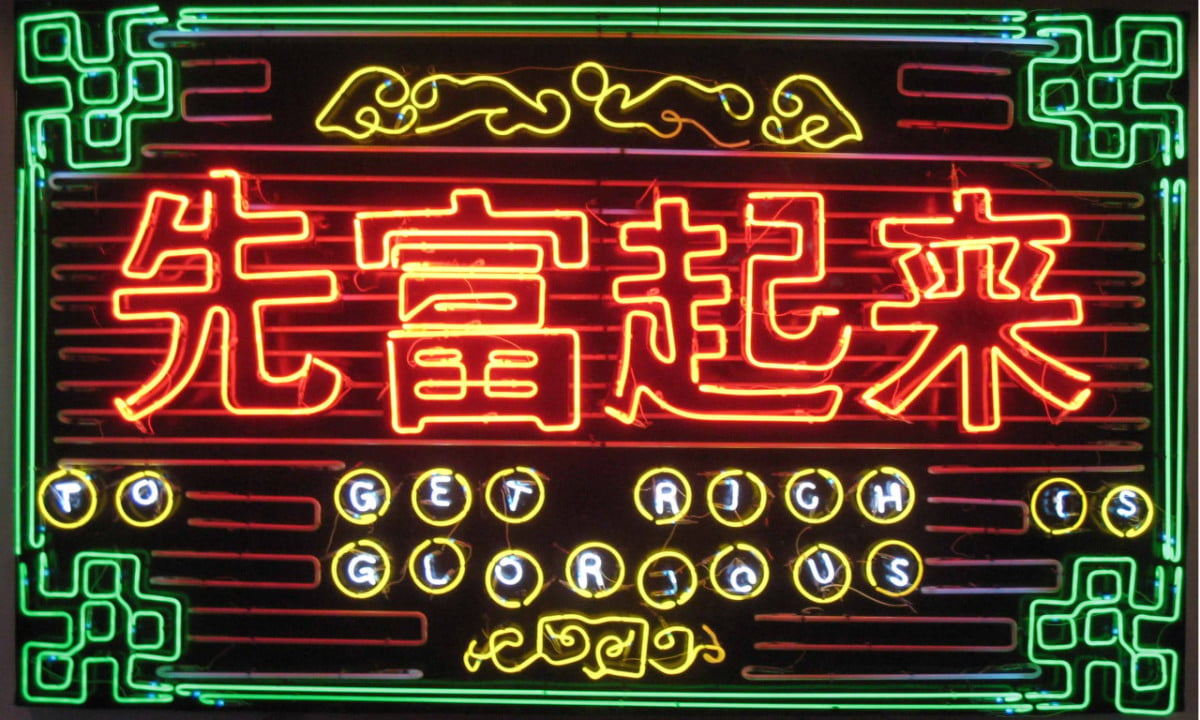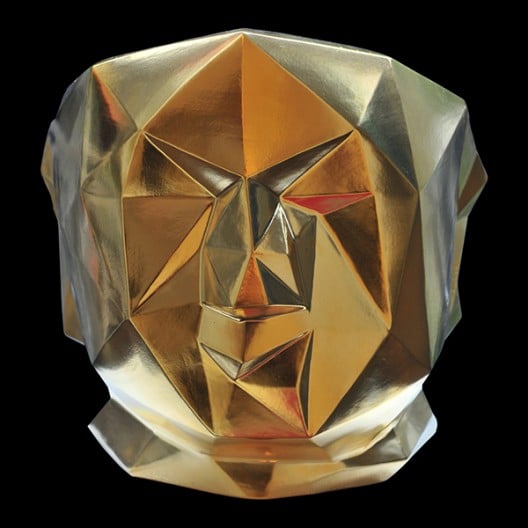Art & Exhibitions
Meet the White Artist Who Pretended to Be Chinese for a Decade and Just Got Busted
Well, that's one way to make a name for yourself.

Well, that's one way to make a name for yourself.

Cait Munro


Tao Hongjing, To Get Rich Is Glorious.
Photo: Tumblr.
For over a decade, artist Tao Hongjing has been creating work inspired by his “oriental identity,” according to his artist statement. He’s found success creating and selling traditional Chinese artworks like gold-plated Buddha statues, ink prints on rice paper, and Chinese characters made in neon lights, some of which sell for as much as 200,000 yuan ($30,000).
The issue? The artist is not actually Chinese. “Tao Hongjing” is the assumed name of Nantes-born artist Alexandre Ouiary.
According to Agence France-Presse, the pseudonym was the brainchild of a Shanghai gallerist, who observed that the market for Chinese contemporary art was growing in China, but that there was little interest in work by a French transplant.

Alexandre Ouairy.
Image: ifa-gallery.com.
“The collectors were primarily foreigners and they wanted to buy Chinese work, because for them it was a good investment,” Ouairy recalls. “I saw all that counterfeit Louis Vuitton and Prada, and I said to myself: If they make fake bags, why don’t I make a fake Chinese artist?”
Is Ouiary the Rachel Dolezal of the art world? Or a version of Michael Derrick Hudson, who used an Asian pseudonym to land a spot in this year’s Best American Poetry anthology? Or is he just an enterprising artist who took advantage of supply and demand?
On November 7, Beijing’s Red Gate Gallery will open “Death is Going Home,” an exhibition and coming out party of sorts, where Ouairy will reveal his true identity to gallery visitors.
How, you may be wondering, did the artist, who is obviously white, pull off pretending to be Chinese for so long? He avoided public attention, conducted press interviews by phone, and often attended his openings by assuming the identity of Hongjing’s assistant, accompanied by his Chinese gallerist, who took on the role of the artist.
Ouairy made the choice to reveal himself not out of guilt or remorse for his actions, but because “cultural differences between Chinese and foreigners are smaller now,” he told AFP. “And I’m sufficiently well known.”

Tao Hongjing, Buddha Head (2011).
Photo: Red Gate Gallery.
He isn’t the first artist to use a disingenuous pseudonym, of course. In an exhibition called “Plate Convergence,” artist Theaster Gates presented his pottery as the work of a fictional Japanese ceramicist named Shoji Yamaguchi, a master potter who, according to the saga invented by Gates, survived the Hiroshima bombing, moved to Mississippi, married a black civil-rights activist, and formed a pottery commune.
But Gates, its worth noting, used his fictional creation in part to explore his own narrative as an African-American and in part to free himself from the confines of his own artistic identity, not to dupe people into buying his art.
What will become of Ouairy, not to mention the market for work by his alter ego, remains to be seen. After all, he didn’t use just any name. Tao Hongjing, who died in 536 AD, is known for being the most famous Daoist of his time. We highly doubt Ouairy will experience the same fate.